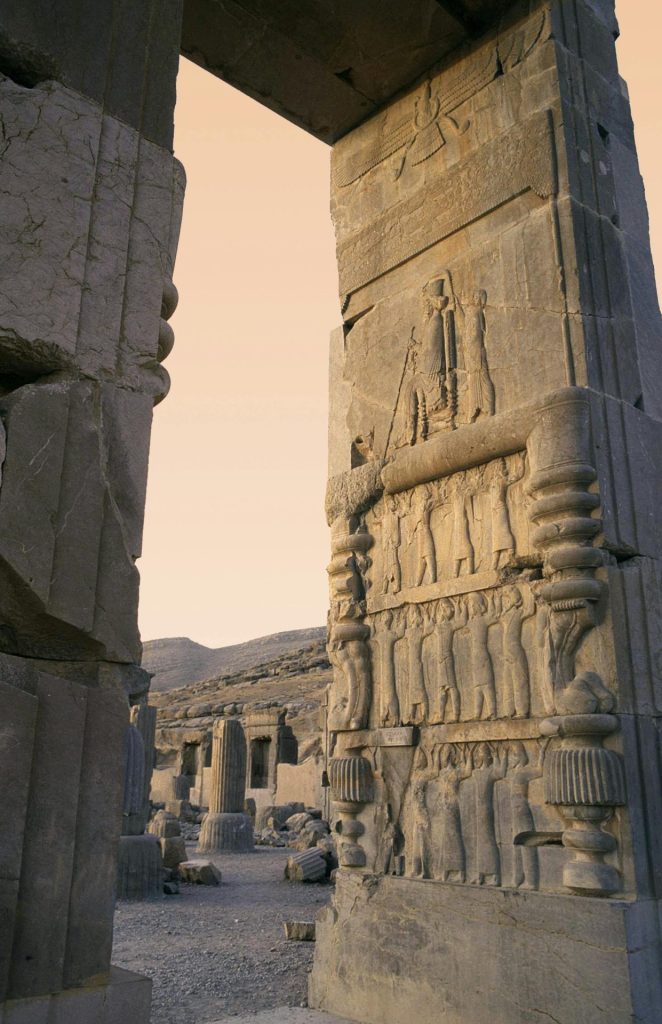Architecture Feb 08, 2024
Egyptian Architecture:
Egyptian architecture refers to the architectural styles and structures that were developed by the ancient Egyptians, particularly during the periods of the Old Kingdom, Middle Kingdom, and New Kingdom. The architecture of ancient Egypt is renowned for its monumental structures, which include temples, tombs, palaces, and pyramids. Here are some key features and examples of Egyptian architecture:

- Pyramids:
- The most iconic structures of ancient Egyptian architecture are the pyramids. The Great Pyramid of Giza, built during the Fourth Dynasty (around 2580–2560 BCE), is one of the Seven Wonders of the Ancient World.
- Pyramids served as tombs for pharaohs and high-ranking officials. The design reflects the Egyptians’ belief in an afterlife and the importance of preserving the pharaoh’s body.
- Temples:
- Temples were constructed for religious worship and were dedicated to various deities. The temples often had large courtyards, hypostyle halls, and sanctuaries.
- Notable examples include the Temple of Karnak and the Temple of Luxor, both located in Thebes.
- Obelisks:
- Obelisks were tall, slender pillars with a pointed top. They were often erected in pairs at the entrances of temples.
- The most famous surviving obelisks include the ones at the Vatican in Rome, originally from Heliopolis.
- Tombs and Mastabas:
- Mastabas were flat-roofed rectangular structures with sloping sides. They served as tombs for nobles and officials.
- The transition from mastabas to pyramids marked a significant development in tomb architecture.
- Columns and Capitals:
- Egyptian columns often had lotus or papyrus flower capitals, symbolizing Upper and Lower Egypt.
- The columns were used in hypostyle halls within temples, creating impressive and monumental interior spaces.
- Hieroglyphs and Decorative Elements:
- Hieroglyphs, the ancient Egyptian writing system, were often carved or painted on the walls of temples and tombs, depicting religious texts and scenes from the afterlife.
- Decorative elements included images of gods, pharaohs, and various symbols related to Egyptian mythology and beliefs.
- Funerary Complexes:
- Funerary complexes, such as those at Giza, included not only the pyramids but also causeways, mortuary temples, and valley temples.
Egyptian architecture reflects the religious and funerary practices of ancient Egyptian society. It played a crucial role in expressing the pharaohs’ divine authority and their beliefs in the afterlife.

